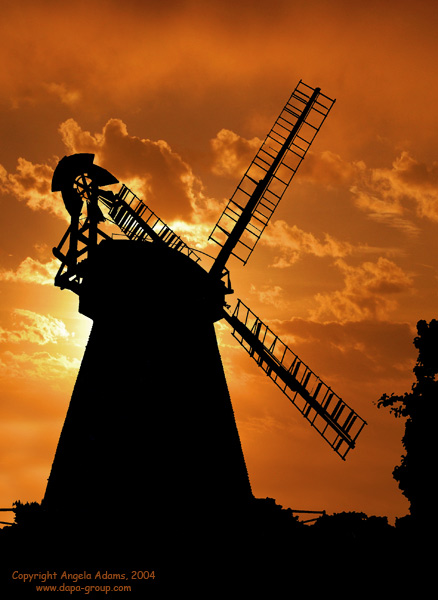
Upminster Weather
www.upminsterweather.co.uk
External data
About Upminster

Upminster is situated approximately 20 miles east of London and 20 miles
west of Southend-on-Sea. It forms part of the London Borough of Havering
which has a total population of 230,000.
The town itself has its origins going back over one thousand years and is in
fact mentioned in the Doomsday book which was commissioned by William the
Conqueror in 1086. Another remarkable fact is that the limits of the village
as it was in those days are almost identical to the parish boundaries of the
1930's, when Upminster became part of the Urban District of Hornchurch.
The main explosion of population in Upminster occurred with the advent of
the railways, which were extended from Barking to Upminster in 1883 and was
finally opened in 1885. Prior to this the nearest station was Harold Wood,
but most people in those days used Romford as their main route to London by
train. In 1883 the "well to do" people had to travel from Fenchurch Street
to Rainham by train and then change onto a horse drawn carriage to complete
their journey to Upminster. A lot has changed since then!!
Today, Upminster is served by two direct railway routes into London. The C2C
service which operates between Fenchurch Street and Shoeburyness and the
District Line which starts from Upminster. Access by road is via the M25,
Upminster is located only half a mile from junction 29. Other routes are via
the A127, A12 and the A13.
What was Upminster famous for? Well back in the 1900's there was a large
brick works that supplied bricks to all the local villages in the
surrounding area. The works came about because it was discovered that both
Upminster and Cranham were rich in brick earth. The site was so big it
employed 70 employees out of the then total population of 400. The works
finally closed in 1920 when the clay diggings became flooded and
uneconomical.
Upminster was also famous for its Windmill which even to this day is
considered to be one of the finest examples of a "Smock" windmill remaining
in England. The windmill was built in 1803 by James Noakes , a local farmer.
The windmill provided flour for bread making right up until the 1930's when
eventually the mill too became uneconomic.
Today the windmill is in the process of being restored to full working so
that once again it can be used to grind flour and to continue its place as
being one of Upminster's historic landmarks.
My thanks to Mr Ron Button of Woodford Green for sending me some unusual historical information about rainfall records in Upminster.
Apparently Mr Gordon Manley in his book 'Climate and the British Scene' quotes the Rev. William Derham keeping records from 1697 to 1716. He was predated by a guy in Lancashire and in 1695 by somebody in London Town, but Derhams records were the first accurate and unbroken ones in the modern world (well probably excluding the Chinese!)